Ammonia refrigeration

Application, Material Selection, and Advantages of KDP Plate Heat Exchangers in Ammonia Refrigeration Systems
Ammonia (NH₃), as an efficient and environmentally friendly natural refrigerant, is widely used in industrial refrigeration, cold storage, and food processing. Plate heat exchangers (PHEs) are increasingly replacing traditional shell-and-tube heat exchangers in ammonia refrigeration systems due to their high heat transfer efficiency and compact design. Below is a detailed analysis of their applications, plate/gasket material selection, comparisons with other heat exchangers, and key advantages.
Applications of KDP PHEs in Ammonia Refrigeration
Ammonia Evaporator
Liquid ammonia evaporates under low pressure, absorbing heat to cool secondary refrigerants (e.g., glycol-water or brine).
Cold storage (-30°C to +5°C).
Food freezing production lines.
Freeze-proof design (e.g., wider plate spacing) for low-temperature operation.
Corrosion-resistant materials for the ammonia side.
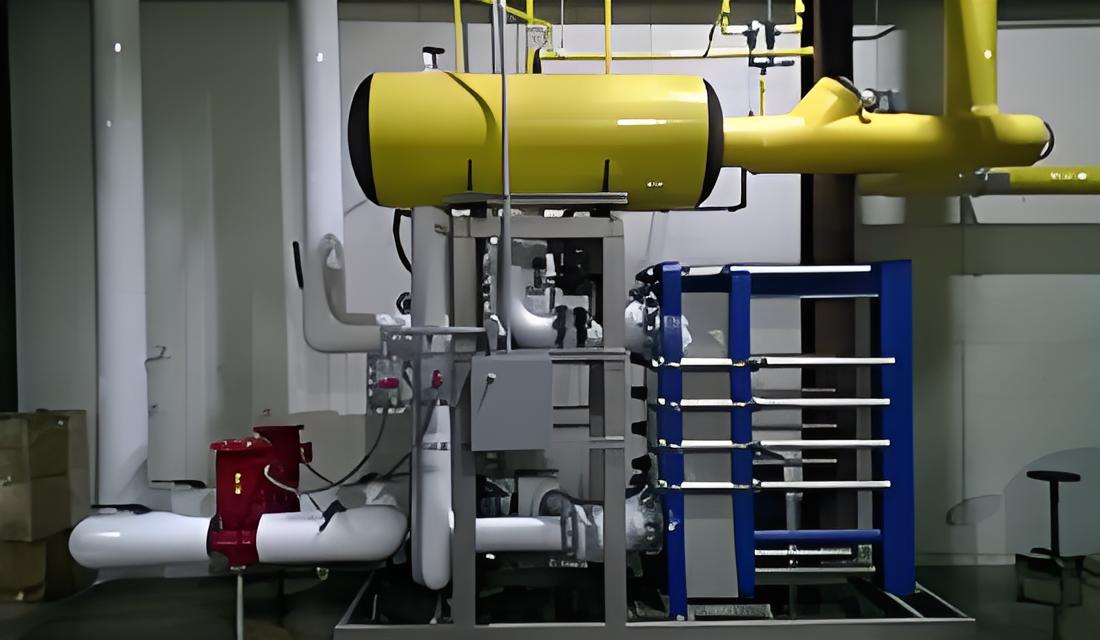
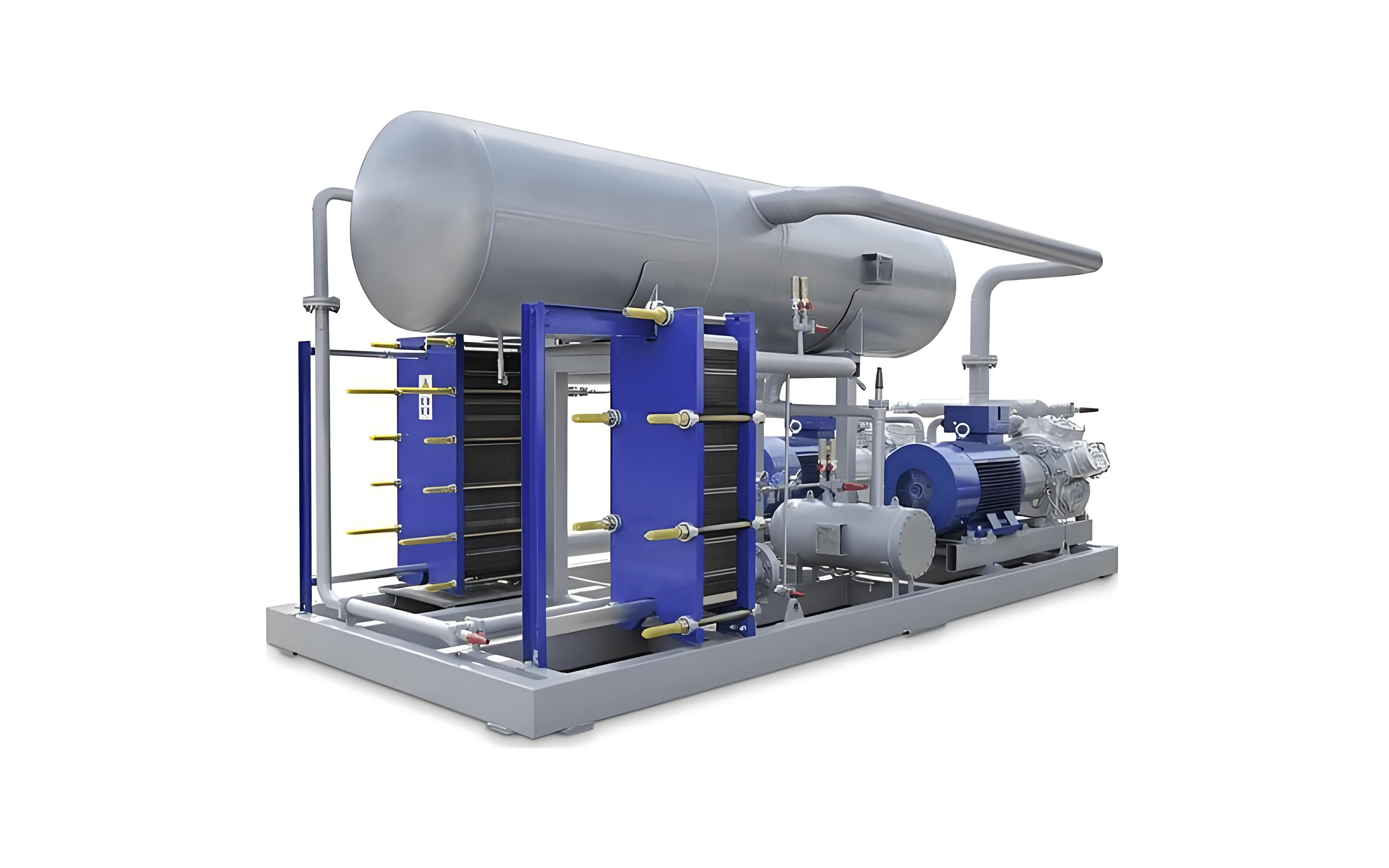
Ammonia Condenser
High-pressure ammonia gas condenses into liquid, releasing heat to cooling water or air.
Industrial refrigeration units.
District cooling systems.
Pressure-resistant design (typically ≤25 bar).
Anti-fouling measures (e.g., wide-gap plates) for the cooling water side.
Plate and Gasket Material Selection (Ammonia-Specific)
Ammonia is highly permeable and corrosive, and low-temperature conditions impose strict material requirements.
Plate Materials
Gasket Materials
Ammonia causes rubber swelling; specialized materials are required:
Comparison with Other Heat Exchangers (Shell-and-Tube / Brazed Plate)
(1) PHE vs. Shell-and-Tube Heat Exchanger
Case Study:
Cold storage retrofit: A logistics center replaced shell-and-tube with PHE, reducing ammonia charge by 60% and saving 12% energy annually.
PHE vs. Brazed Plate Heat Exchanger
Case Study:
Ammonia heat pump: Brazed PHEs are used for refrigerant-water heat exchange but cannot be cleaned, limiting them to clean-water applications.
Key Advantages of KDP PHEs in Ammonia Refrigeration
(1) High Efficiency, Energy Savings
Turbulent flow enhances heat transfer, 30–50% more efficient than shell-and-tube.
A meat processing plant reduced compressor power by 18% after switching to PHE evaporators.
(2) Reduced Ammonia Charge, Enhanced Safety
An EU cold storage project avoided safety reviews by keeping ammonia charge <10 tons.
(3) Modular Design, Load Flexibility
Seasonal adaptations (e.g., adding condenser plates in summer).
A brewery reduced plates by 20% in winter, cutting pressure drop by 15%.
(4) Easy Maintenance, Long Lifespan
Ideal for ammonia systems with oil/contaminants.
A seafood cold storage facility cleaned PHEs quarterly, achieving 10+ years without corrosion.
(5) Superior Low-T Performance
A Japanese -60°C freezer used titanium plates + EPDM, operating flawlessly.
Common Challenges & Solutions
Solutions:
Ammonia Leakage
Use FKM/HNBR gaskets (ammonia-resistant).
Regular leak checks (ammonia sensors + bubble tests).
Freeze Cracking
Use wide-gap plates in evaporators (anti-icing).
Add glycol antifreeze loops.
Oil Fouling
Select nickel alloy plates for oil coolers.
Install CIP (clean-in-place) systems.
Summary
Advantages of PHEs in Ammonia Refrigeration
Selection Guidelines
Choose PHEs for:
Ammonia charge-limited systems (e.g., cold storage).
High-maintenance applications (e.g., oil-laden evaporators).
Choose Shell-and-Tube/Brazed PHEs for:
Ultra-high-pressure systems (>25 bar).
Small-scale or ultra-pure ammonia systems.
With proper material selection (e.g., titanium plates + HNBR gaskets) and design optimization, PHEs deliver high efficiency, safety, and longevity in ammonia refrigeration, making them the ideal alternative to traditional heat exchangers.
Our Core Strengths
In the petrochemical industry, equipment needs to withstand high temperature, high pressure, corrosion, scaling and other multiple tests. We are the preferred supplier of heat exchanger solutions for harsh working conditions due to the following core advantages:
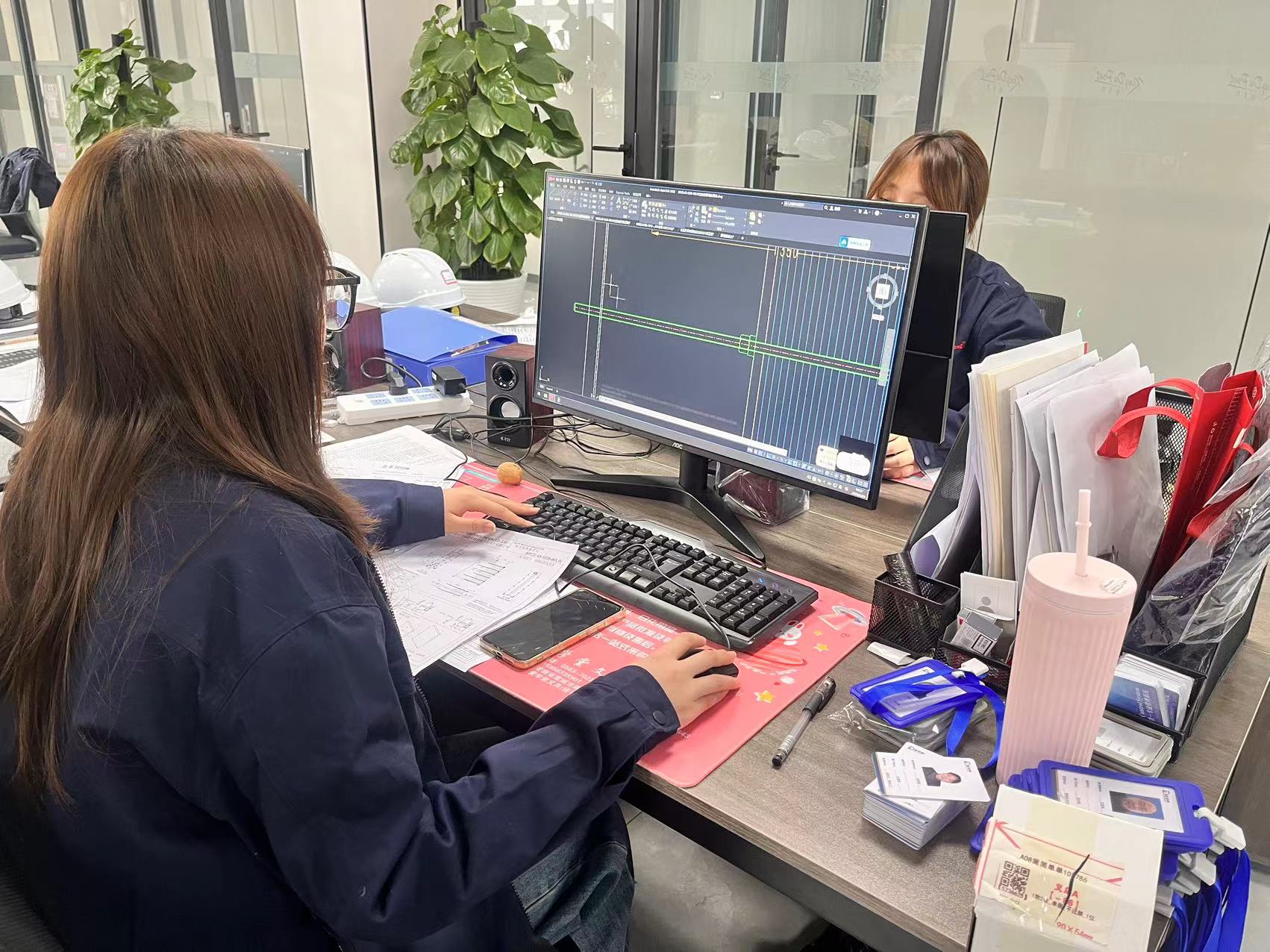
Optimized heat transfer solutions according to petroleum/chemical process requirements
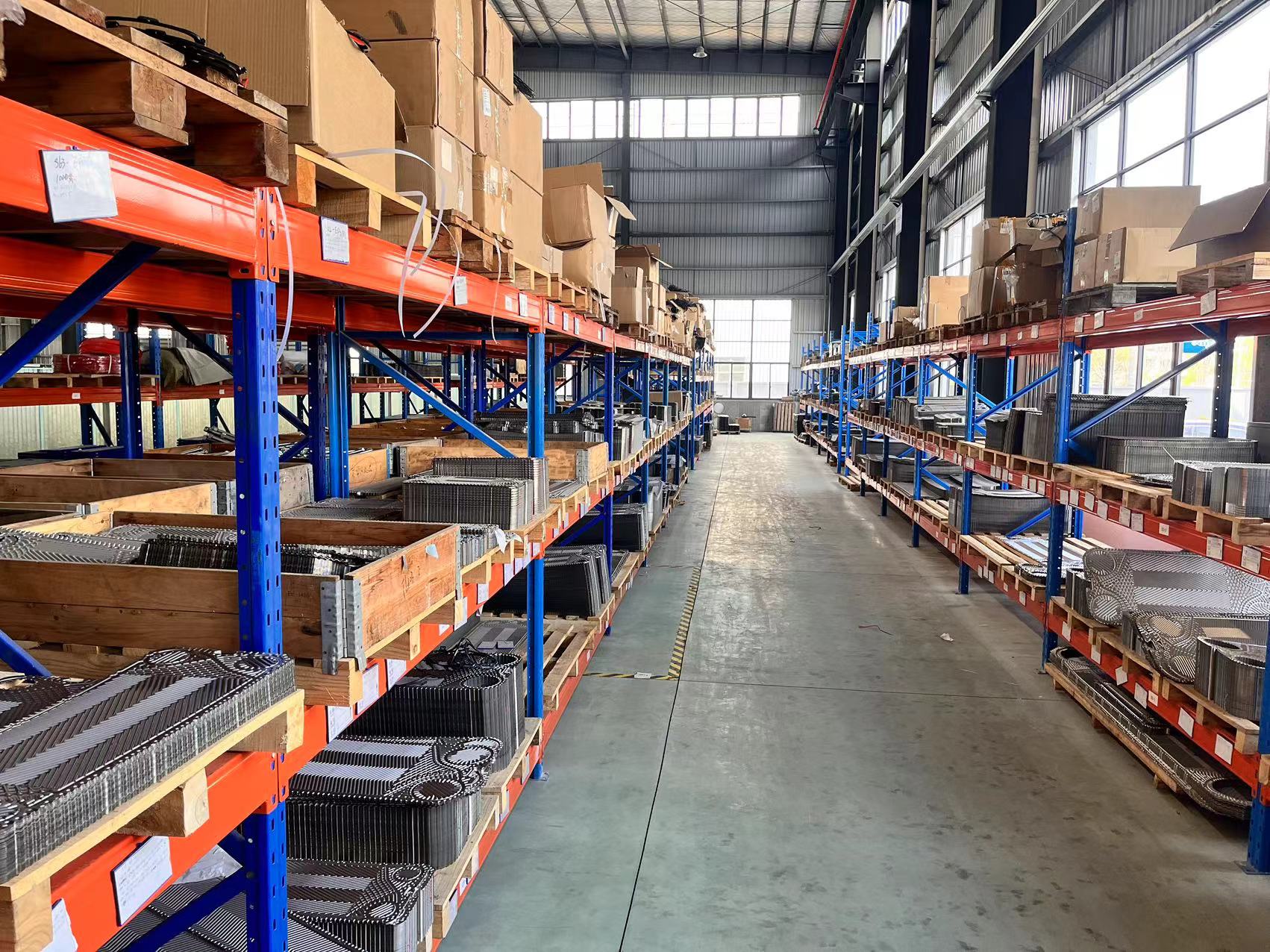
Full range of plate heat exchangers, condensers, evaporators, etc.
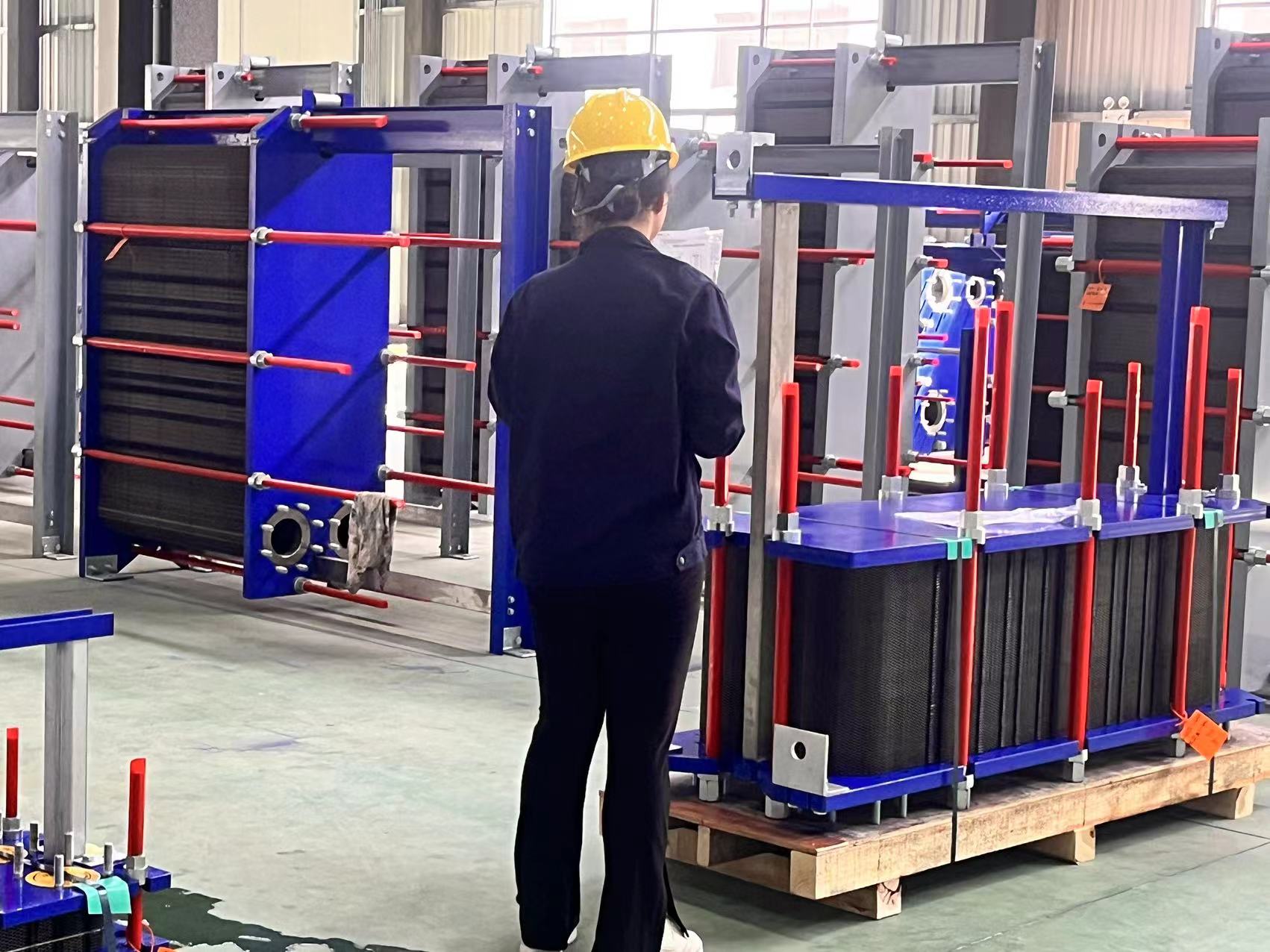
Strict quality control, adapt to high temperature, high pressure and corrosive environment.
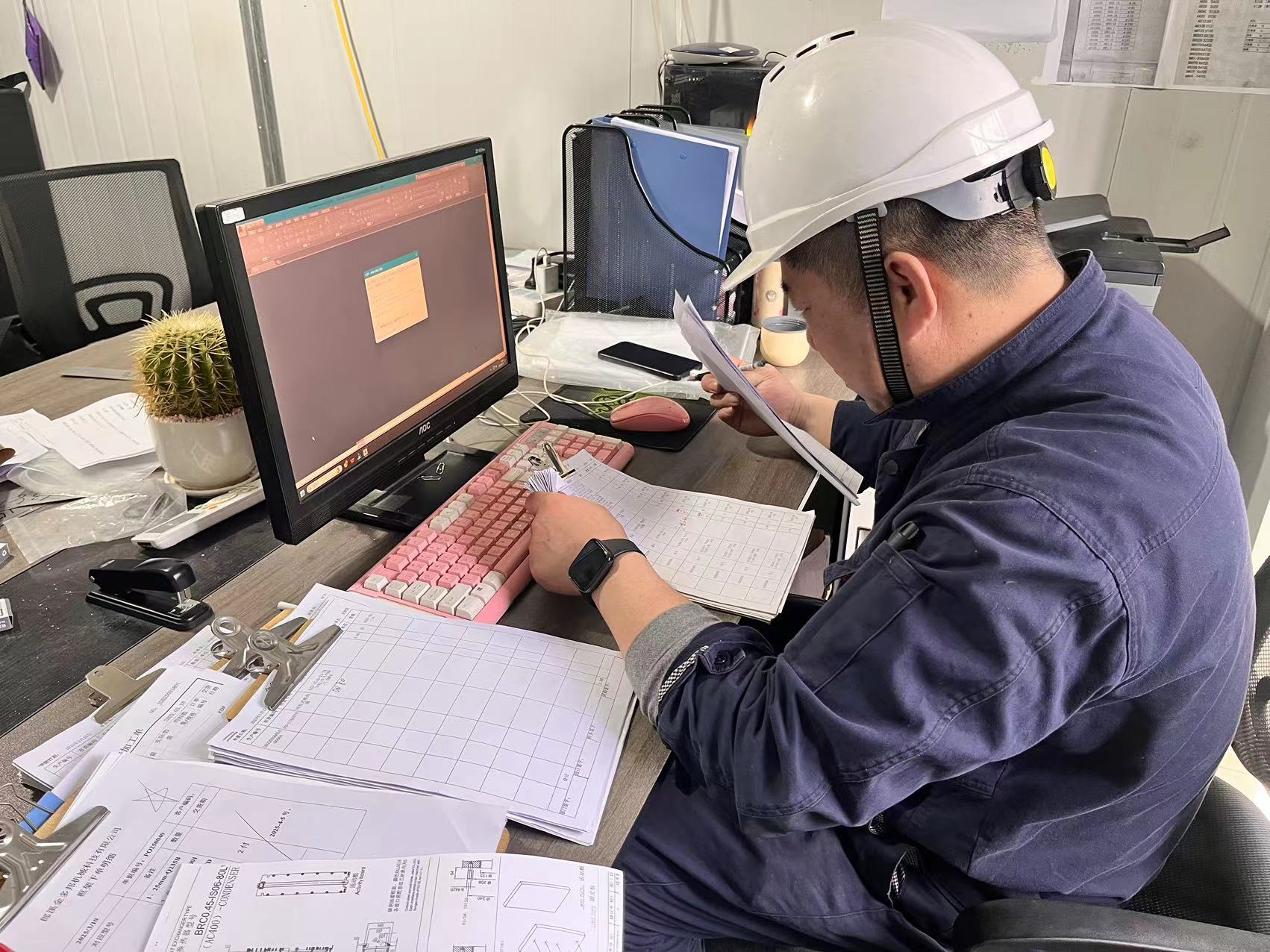
From selection to maintenance, to ensure long-term stable operation.

King DuPont, China famous brand of heat transfer and fluid handling supply platform.
Contact

Get Free Quotes
NEED TO CHAT?
We will get back to you within 24 hours of receiving the message.

